
OR
Kamal Mani Dixit was born on September 2, 1929 and passed away on Thursday, December 29, 2016. Both events happened in Kathmandu.
Dixit was known as Dada or Dadajee in his vast circle. I addressed him as Kamal Babu, and he liked it.
Kamal Mani Acharya Dixit was a known name in the Darjeeling of my teenage years. The circle of Indra Bahadur Rai, Ganeshlal Subba, Raj Narayan Pradhan, Okiuyama Gwain, Guman Singh Chamling, Dev Kumari Sinha and Lakkhi Devi Sundas was familiar with him.
I discovered Dixit sometime in 1969, by chance. Indra Bahadur Rai had written a piece, probably on Laxmi Prasad Devkota. Rai dwelt on the word, ‘alutama’, and discussed the abstractionist notion of it. In English, it can be understood as ‘on potatoness.’ But Dixit, in a letter, explained that the word simply meant ‘alu-tama’ – a ‘sadharan tarkari’ (common curry) in Kathmandu.
Here was an explainer! He ‘clearified’ things Nepali between native Nepal and the Nepali world outside it, the two slowly parting ways from each other from the time Muglan and Paltan began. Rai included Dixit’s letter when the former’s piece was included in a collection, published sometime later.
I had never seen Dixit, nor seen his photograph. I saw him for the first time in 1971. I had started teaching at Patan College, courtesy of Abhi Subedi who inducted me there. The Principal was Mangal Raj Joshi, the renowned Newar royal astrologer of Patan who later obtained his PhD on geography from an American university.
There was a regular meeting of the college’s board of trustees. One man looked distinguished to me. He was in casual clothes – a gray cardigan, an open greenish shirt and in tan trousers. This was the famed Kamal Mani Dixit! He appeared as someone familiar from Darjeeling – smart, neat, clean-shaven and agile in manner and forthwith in speech.
He was in his mid-forties. I learnt that he lived at Patan Dhoka, in the adjacent neighborhood of the college. Then I knew about the Madan Puraskar, the Madan Pustakalaya, the Madan Memorial School and numerous other initiatives, each one his brainchild. In the days and years to come, I knew this multifarious man to be everywhere in the Kathmandu Valley. About this, something later.
At the Patan College meeting, this man, a high Hindu Bahun of Kathmandu, looked more like a pleasant proselytizer, like someone from my own church in Darjeeling: an amicable alderman, a communicable catechist, a messianic missionary.
The ‘missionary’ word was not mine alone. In a travelogue written in the ’70s, Kamal Babu himself mentions this watchword while travelling with a companion in the newly rechristened Bangladesh. On a boat, the Nepali visitors were asked whether they were Christian missionaries, indicating the jhola bags they had slung on their shoulders, as American evangelists typically do to this day. ‘Do you know Sheejareen Shah?’ was another question, meaning the ace female badminton champion of Nepal who had obviously left quite a few impressions on the erstwhile East Pakistanis.
One of Kamal Babu’s traits, I learnt early, was to speak his mind, without mincing words. This direct speech was illustrated in what Ishwar Ballabh, our 1950s teacher of Sanskrit at Turnbull High in Darjeeling, said to me in 1972 or thereabouts.
Ballabh Sir and I met regularly on the Hippie-heaped Freak Street, smoking ganja, drinking ‘tharra’ and talking literature and all those jazz in the psychedelic restaurants.
Then he received the Madan Puraskar of the year, for his anthology, ‘Agoka fulharu hun; Agoka fulharu hoinan.’ We congratulated him and spilled more than the usual in celebration.
‘But Peter,’ Ishwar Sir took me to one side of the noisy gathering. ‘Kamal Mani was dead against the award going to me. He plainly said, “If I had my own way, you wouldn’t’ve received it.” That’s what he said during the chiya-paan hour.’
‘But why?’ I was surprised. ‘He’s everything that Nepali literature is at the Madan Puraskar Guthi.’
‘Well, he didn’t cite any reasons. That’s the way in Kathmandu. So I said, “But I got the award, anyway! What can you do about it now? It’s too late!” But he admitted as much, that most members of the mulyankan samiti (selection/evaluation committee) voted for me. “So there!” he said. But Kamaljee demonstrated his abiding respect for the decision made by the quorum.’
Kamal Mani also broke his own literary canons for the greater good. This happened, for instance, when he published Capt. Janak Bahadur Rana’s pieces in the Madan Guthi magazine, Nepali. Rana (father of Ruby Rana, the first Miss Nepal) had written what I would like to call his Kal Mochan Ghat Journal along the Bagmati at Thapathali and Tripureshwor, leading down to the Teku Dovan. Kamal Babu acknowledged breaking his own literary magazine’s editorial guidelines, simply because Rana’s essays were exceptional: Nepali would publish them rather than seeing the honor going to the other contenders in Kathmandu!
My own interactions with Kamal Babu took place much later, when he knew more about me and my career as wordsmith in the new century.
Sometime in 2006, Kamal Babu phoned me at The Kathmandu Post (where I worked then) about Padri (Padre) Ganga Prasad Pradhan, born in Kathmandu in 1851. It transpired that some Nepali missionaries were planning a souvenir volume on the first ordained Nepali Pastor in the British Raj in Darjeeling, surpassing all the Scottish missionaries with the Presbyterian Church of Scotland. While the Padri preached, he also composed Ishai bhajans in the Nepali language, compiled Nepali grammar, wrote Nepali textbooks, translated the Holy Bible into Nepali, and equally bravely published the Gorkhay Khabar Kagat from 1901 to 1932, the year of his passing away.
But the Reverend has remained grossly underrated and unmentioned, both in Nepal and India. The Christians of Northeast India, while declaring him as their first Nepali Apostle, prefer to forego his pioneering works in the Muglan’s literacy developments and press culture. In Kathmandu, too, its Hindu BCN (Bahun, Chhetri and Newar) triumvirate is yet to recognize the gifts this Jyapu of Tham Bahil (Thamel) has left to the Nepali cosmos in general. Even the Madan Pustakalaya, Nepal’s Library of Congress, and mentored by Kamal Mani Dixit himself, had only a dozen or so issues of the newspaper in the archives. Even then, Ka. Dee. (Kama Babu’s penname) wrote an affirmative essay on the Padri and his newspaper, drawing out the best in Darjeeling from whatever copies of the paper he had at hand. His portrait is an eye opener and a provocation to one and all interested in Nepali literacy, press and publication.
The second landline call from Kamal Babu came a few years ago. When Basu Rimal ‘Yatri’ passed away, I wrote an obituary on him, and his beloved literary magazine, Bideha. I mentioned those publishing editors whose literary love children graced our newsstands: Roop Rekha of Uttam Kunwar and Bal Mukund Dev Panday, Avibyakti by Nagendra Raj Sharma, Bideha, and Nepali, among other magazines.
Nepali was Kamal Babu’s pet publication on behalf of the Madan Guthi. In the obituary, I mentioned how he pooled the meeting ‘vatta’ (honorarium) he was paid for attending the regular board meetings of some four dozen companies, organizations and corporate bodies where he was appointed director of the boards.
Kamal Babu’s call was a ‘Thank you!’ one for mentioning him in my piece. This was a Christian attitude of gratefulness, inculcated in the West and in Japan, but rare in Nepal.
The Kamal Babu poured out his many woes:
‘Peter, but I don’t any longer attend those many meetings you mentioned. Times and things have changed. In those years, it cost me Rs 2,000 to publish Nepali; then the expenses reached some 2,500 Rupees. Now the magazine needs Rs 250,000, while my poket moni has dwindled. But I called you to thank you!’
He did not need any mention. He had garnered plenty of it. But he was thankful, for all my mundane worth.
I saw Kamal Babu on occasions at Rato Bangla School where my preteen grandson Prashanna studies. The school has dedicated its auditorium as Kamal Mani Theater where he was seen teaching Lekhnath Poudyal.
‘Natiko huqumat?’ Kamal Babu asked me, seeing my Nikon. On grandson’s orders?
Yes, Hazur,’ I said, ‘my grandson wants me to photograph him in the choir or elocution and sports.’
Now my nati does not need me to be at the school’s events. He is a mid-teen now and more interested in the UN, girls, futsal, sports biking, and the like. I’m rarely seen there now.
Kamal Babu is also no more to be seen in the premises of Patan Dhoka and its many public-interest landmarks which he helped develop for sixty years.
pjkarthak@gmail.com
You May Like This

Do not postpone election campaign: Pushpa Kamal Dahal
KATHMANDU, Nov 19: The chair of Maoist center Puspa Kamal Dahal has urged party leaders including the Left Alliance not... Read More...

Kamal Thapa unanimously elected RPP PP leader
KATHMANDU, Nov 27: Kamal Thapa has been unanimously elected Parliamentary Party (PP) leader of Rastriya Prajatantra Party (RPP) after the... Read More...

Teen accused of lighting 85-year-old on fire, killing him
BIRMINGHAM, Aug 19: An Alabama teenager is charged in the slaying of an 85-year-old man who was doused with gasoline and... Read More...
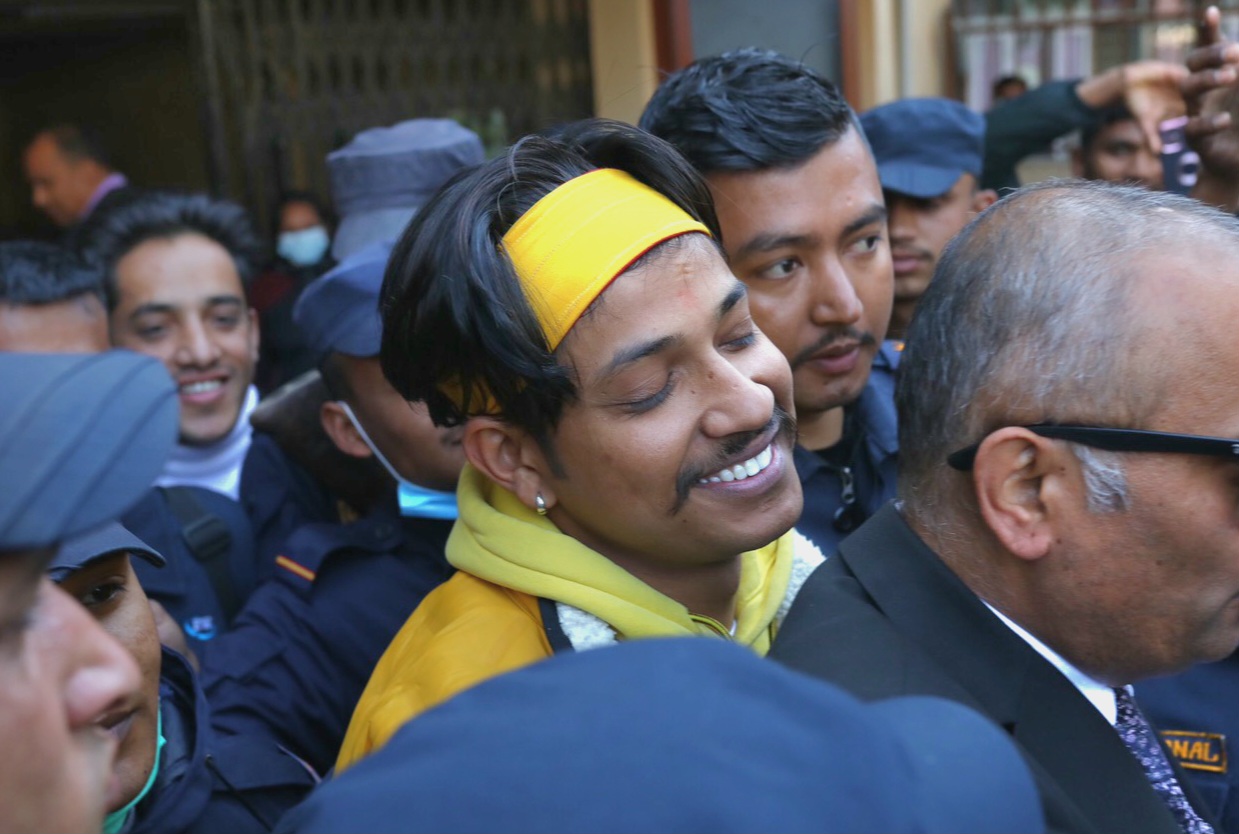
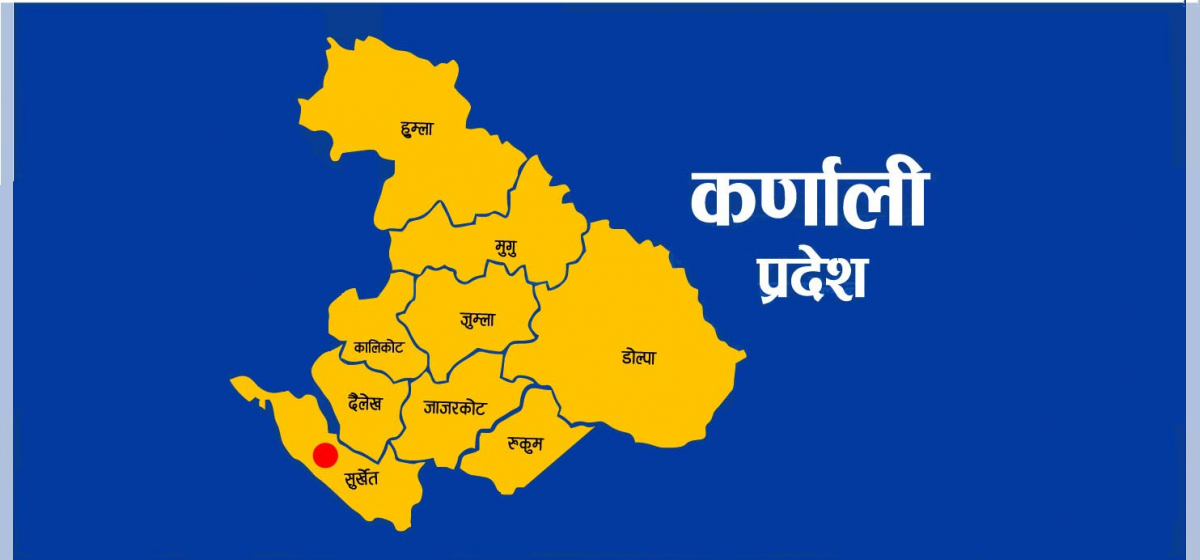
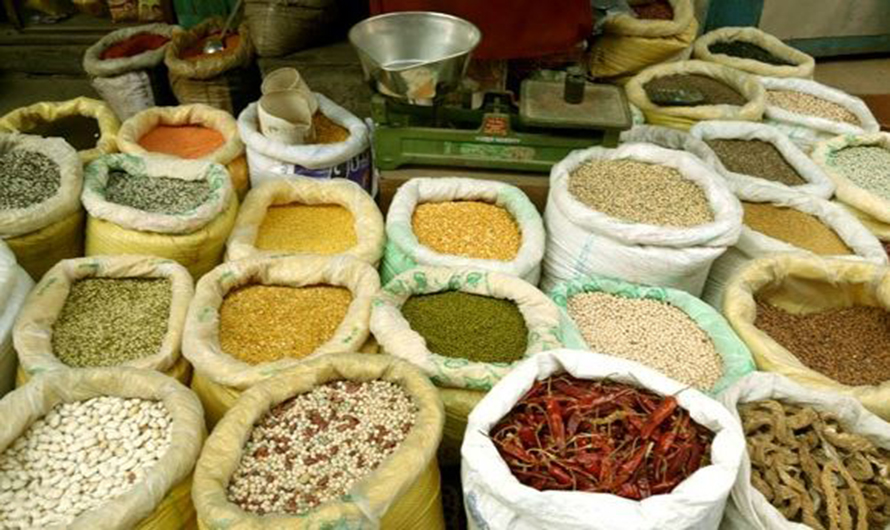
Just In
- Jhulaghat border crossing in Baitadi to remain closed from this evening
- Universities will be free from partisan interests: Education Minister
- CIAA files cases against five, including ex-chief of Social Development Office Dolpa
- Kathmandu witnesses surge of 2,000 new commercial bank branches in six years
- Crops and livestock special production zone scheme implemented in 10 districts of Karnali
- Rising food prices cause business slowdown
- Madhesh Province Assembly meeting postponed after Janamat’s obstruction
- Relatives of a patient who died at Karnali Provincial Hospital 6 days ago refuse body, demand action against doctor



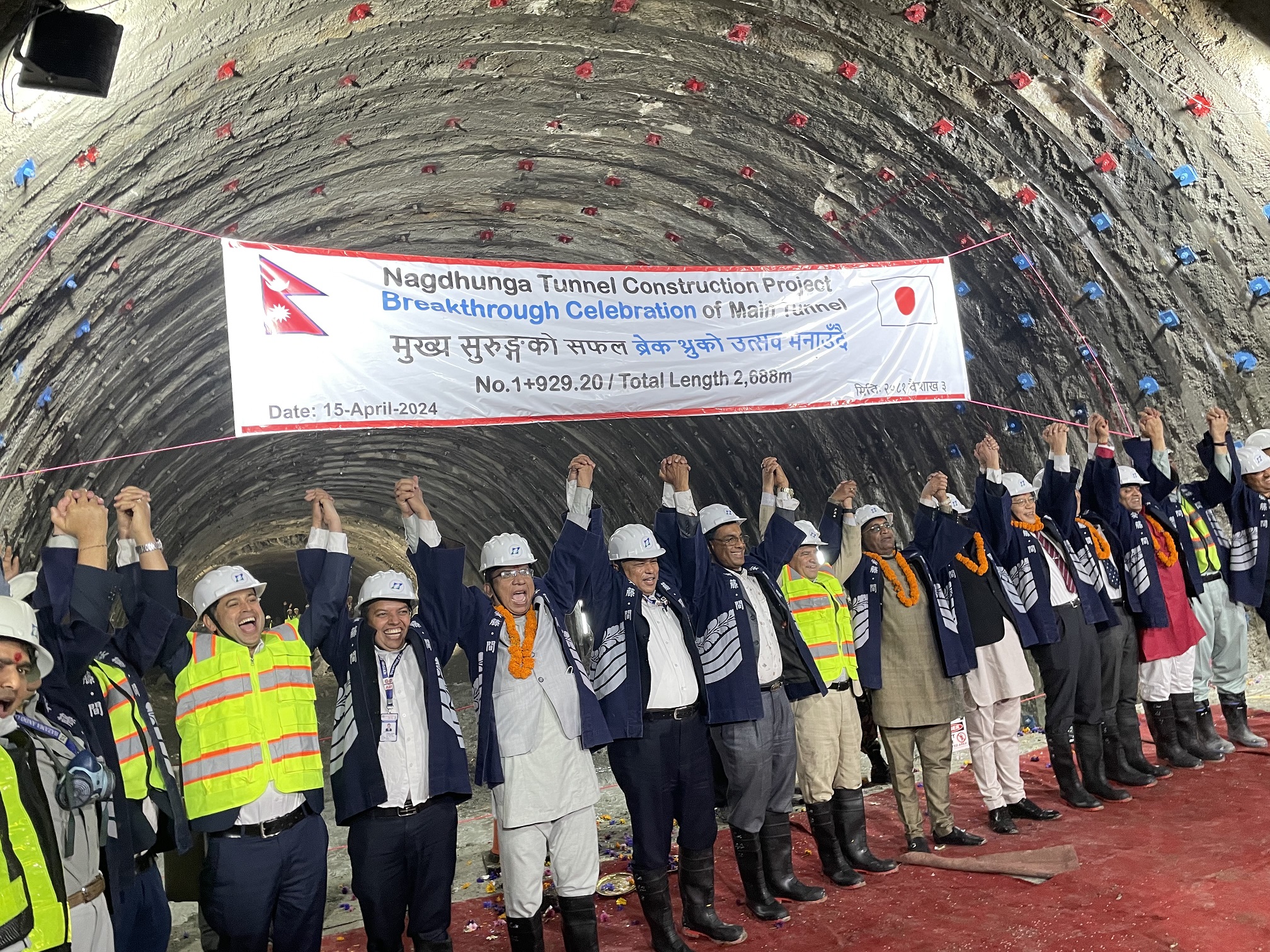



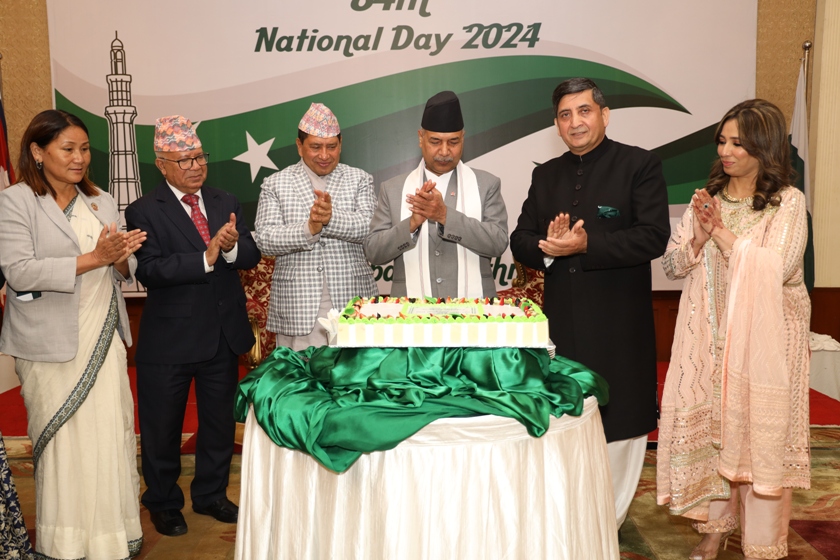

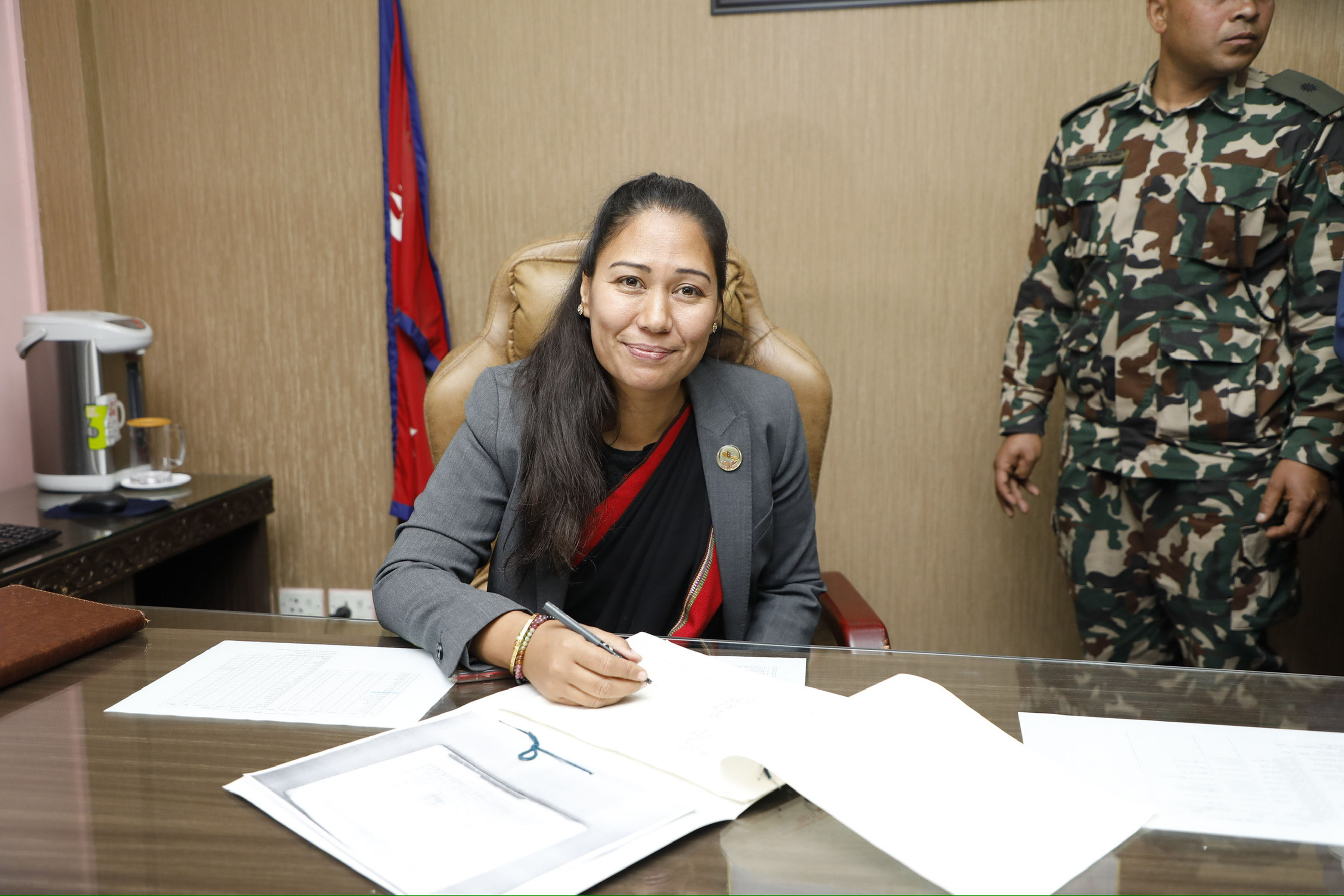


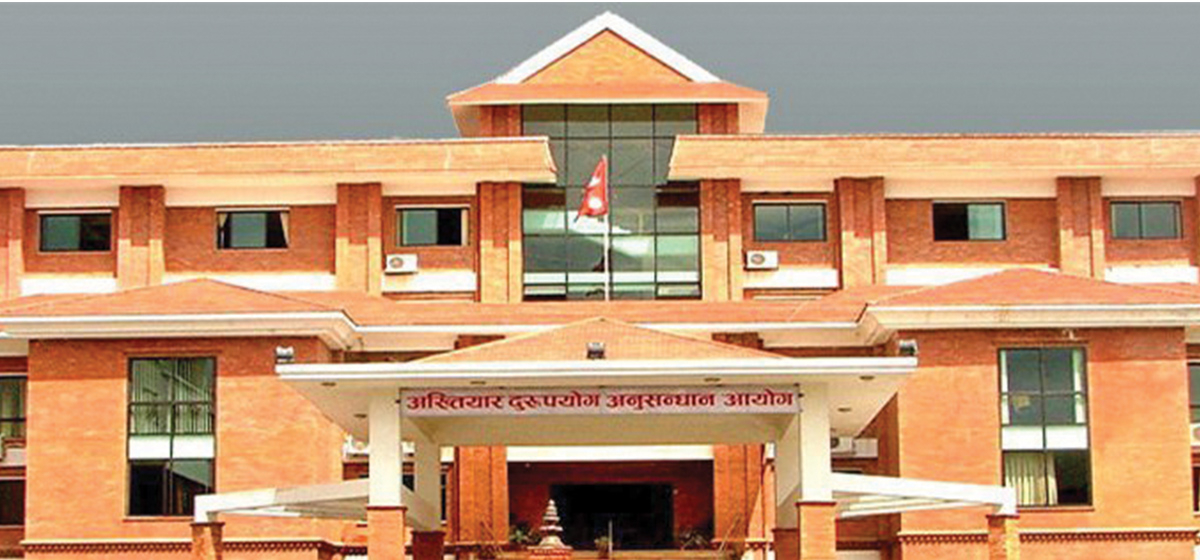

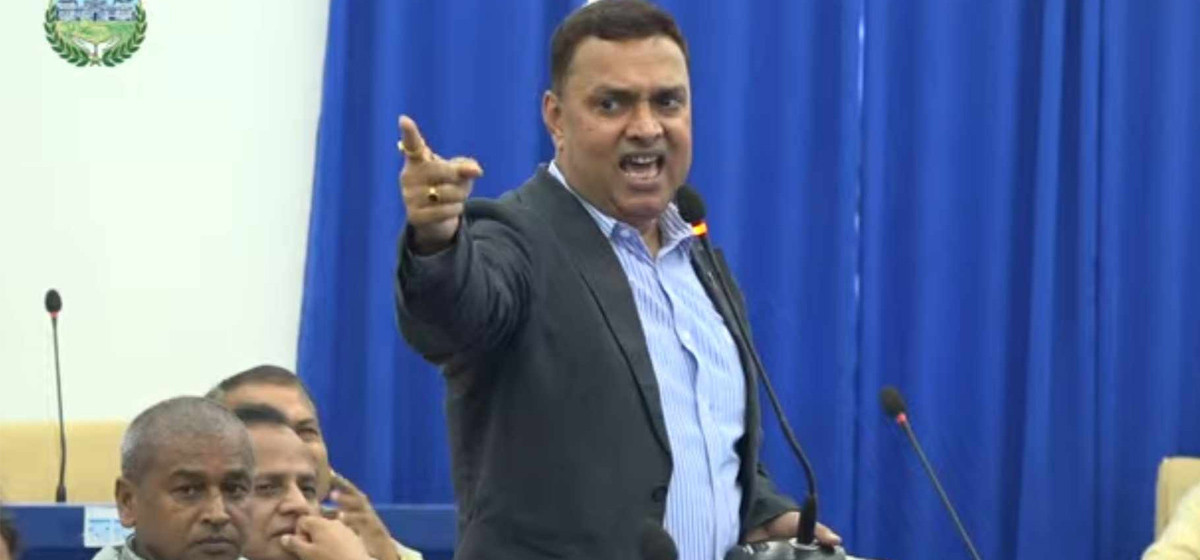
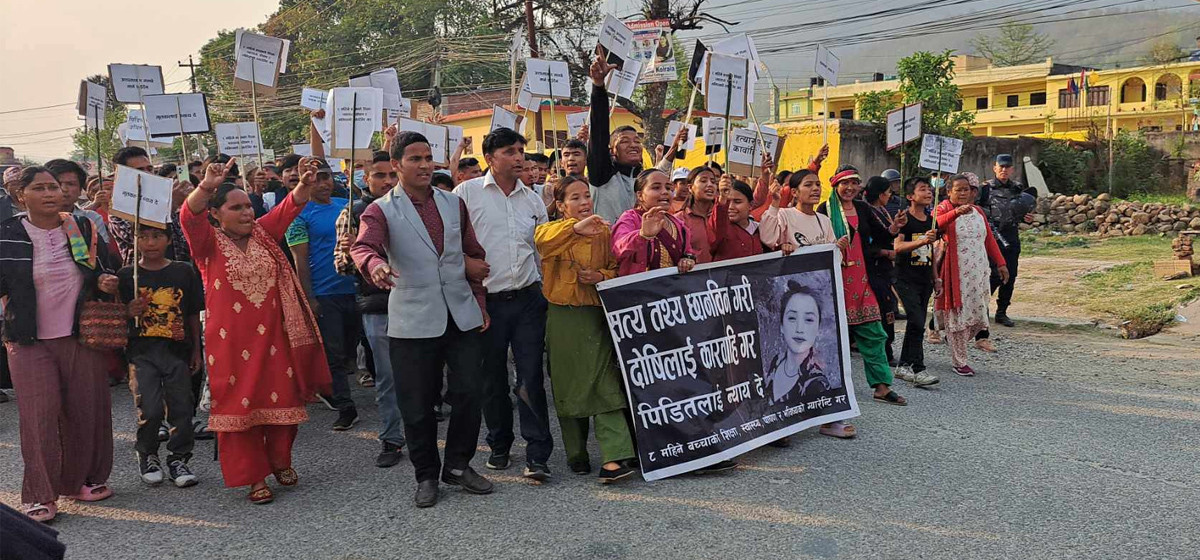
Leave A Comment